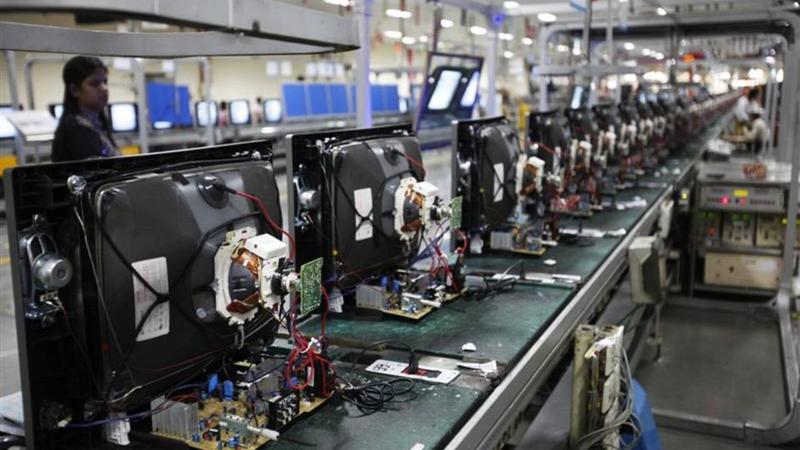Published 12:47 IST, January 3rd 2025
Government’s PLI Schemes To Boost Revenue of 720 Companies by $459 Billion Over Next 5 Years: Goldman Sachs
The automobile and auto components sector, with 95 projects, has already achieved $1.3 billion in incremental sales, backed by $3.2 billion in incentives.

The central government's Production-Linked Incentive (PLI) schemes could generate an incremental revenue of $459 billion over the next 5-6 years across more than 720 companies, according to a report by Goldman Sachs. The schemes aim to enhance manufacturing capabilities, reduce imports, boost exports, and create employment across various sectors. It said “Over 720 companies could drive incremental revenue of $459bn over 5-6 years.”
The report data highlighted that in the energy transition segment, three projects in Advanced Chemistry Cell (ACC) batteries are set to achieve $24.7 billion in revenue with $2.3 billion in incentives, representing a 9.2 per cent incentive-to-revenue ratio.
The automobile and auto components sector, with 95 projects, has already achieved $1.3 billion in incremental sales, backed by $3.2 billion in incentives.
Meanwhile, 14 solar photovoltaic (PV) module projects are expected to generate $64.6 billion in revenue with $3 billion in incentives. Additionally, the green hydrogen sector has 34 projects with $2.2 billion in incentives, and Ashoka Buildcon has announced a $1.08 billion investment in this area.
For import substitution, 32 projects in large-scale electronics manufacturing are projected to deliver $130.1 billion in revenue with $4.8 billion in incentives, achieving a 3.7 per cent incentive-to-revenue ratio.
The IT hardware sector expects $24.8 billion in revenue from $2.1 billion in incentives. The telecom and networking products sector has already achieved $8.3 billion in sales, including $1.5 billion in exports, following $480 million in investments.
Other sectors such as white goods, drug intermediaries, and speciality steel are also making significant contributions to reduce imports and boost domestic manufacturing.
To increase exports and employment, the pharmaceutical sector, with $1.9 billion in incentives, is expected to generate $24.9 billion in revenue. The textiles sector, supported by $1.3 billion in incentives, is targeting $24.2 billion in revenue, while food products are set to generate $15 billion in revenue with $1.4 billion in incentives. In the semiconductor space, $9.5 billion in incentives are projected to drive $53.1 billion in revenue.
But despite the promising outlook, the report noted that growth across PLI sectors has been uneven. As of August 2024, incremental sales across all sectors stood at $150 billion, with a significant portion driven by mobile phone manufacturing.
Sectors such as telecom, pharmaceuticals, and white goods have shown the most progress, while medical devices, textiles, and auto components have lagged behind. To address these challenges, the government has been proactive in refining allocation, broadening the scope of PLIs, and adjusting approval criteria to improve incentive disbursements and enhance local value addition.
The report noted that while most projects are in the investment phase, production is expected to ramp up significantly by FY25, leading to a higher disbursement of incentives in the coming years.
Updated 12:47 IST, January 3rd 2025



